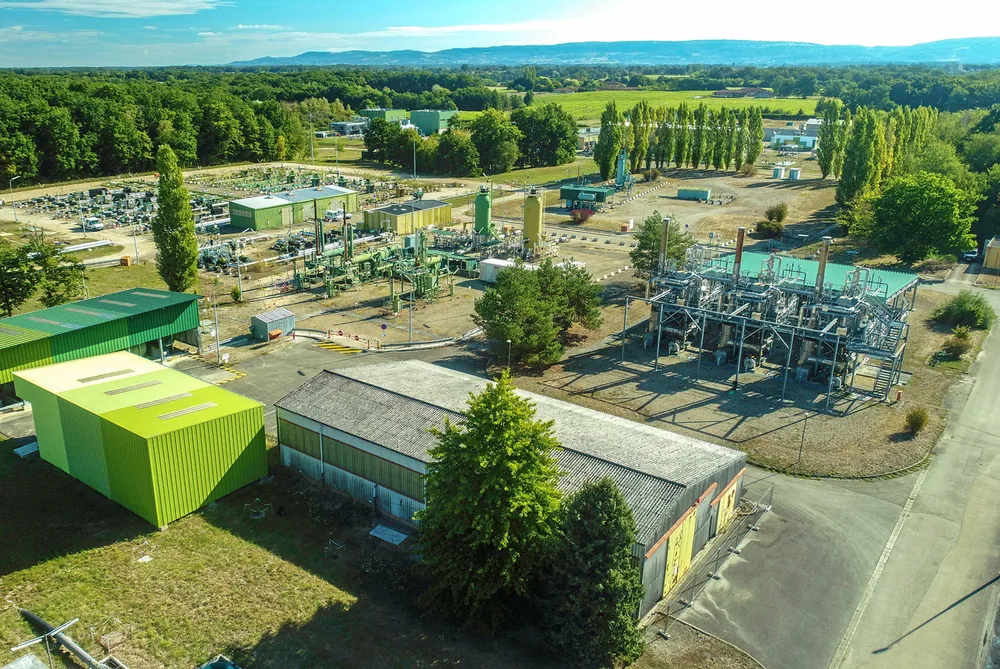Billions must be invested in hydrogen storage this decade to provide long-term flexibility to future grids: industry group
Newly launched organisation argues H2 is the only way to store renewable electricity on season-to-season or yearly basis, but there is major uncertainty around costs of different storage methods
